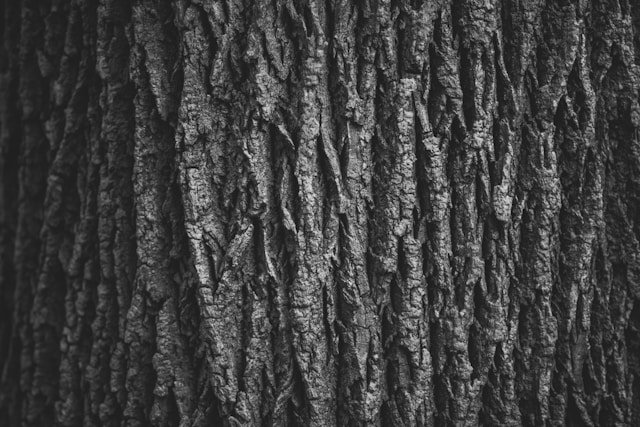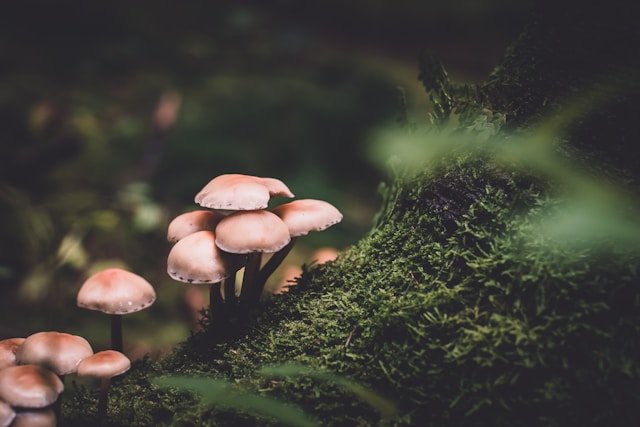
The Unique Characteristics and Benefits of Smooth Bark in Trees
Smooth bark, found in trees like beech and birch, offers significant ecological benefits. Its sleek surface deters fungi and insects, reduces physical damage, and allows efficient shedding of outer layers. Additionally, smooth bark helps regulate temperature and adds aesthetic appeal to landscapes, highlighting the adaptability and resilience of these tree species.

The Diverse World of Tree Bark: A Study of Nature’s Protective Armor
Tree bark varies greatly between tree species, showcasing a range of textures from smooth to rough, and colors from white to rich red. These differences serve multiple ecological functions, including protection from environmental stressors, pest deterrence, and aiding in water retention and gas exchange. Additionally, some bark has distinctive scents that can repel insects, highlighting the adaptability and resilience of trees in diverse environments.

The Remarkable Role of Mushrooms in Tree Ecosystems
Mushrooms play a crucial role in tree ecosystems by decomposing organic matter, enriching the soil with nutrients, and forming symbiotic relationships with tree roots. While some mushrooms are edible and others toxic, they all contribute significantly to tree health and ecosystem biodiversity. Their presence supports nutrient cycling, enhances soil fertility, and aids in tree growth and protection.

Dual Nature of Tree Stumps
Tree stumps, though beneficial in forests by providing wildlife habitats, fostering mushroom growth, and enriching soil, can be problematic in residential yards. In yards, they can be unsightly, obstruct landscaping, pose safety hazards, attract pests, and decompose slowly. Homeowners can manage stumps through grinding, chemical treatments, manual removal, natural decomposition, or repurposing them as garden features. Balancing ecological appreciation with practical solutions enhances yard aesthetics and functionality.






Preserving Nature's Beauty: The Excellence of Family Tree Care in Tree Removal and Aftercare
Family Tree Care stands out in tree removal and aftercare, combining expert removal practices with a commitment to environmental stewardship. Beyond extraction, their comprehensive aftercare services ensure the seamless restoration of landscapes, reflecting a dedication to preserving nature's beauty for the long term.

